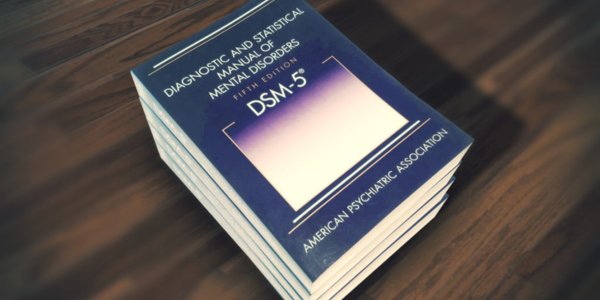Diagnostic and Statistical Manual of Mental Disorders
Diagnostic and Statistical Manual of Mental Disorders
The Role of the DSM in Understanding Sexual Behavior
The Diagnostic and Statistical Manual of Mental Disorders (DSM) is a classification tool used by clinicians and mental health professionals to diagnose and categorize mental health conditions. Published by the American Psychiatric Association, the DSM plays a central role in shaping how psychological and behavioral patterns—including those related to sexuality—are understood and treated in clinical settings.
While the DSM is not a legal document, it heavily influences clinical guidelines, insurance coverage, and therapeutic approaches worldwide. Its inclusion or exclusion of specific behaviors can significantly impact how society views and responds to those behaviors.
How the DSM Frames Sexual Diversity
Sexual expression is highly varied, and not all non-normative behavior is considered disordered. The DSM aims to distinguish between consensual sexual interests that are simply atypical and those that cause marked distress or functional impairment.
Over time, the manual has evolved. Earlier versions pathologized homosexuality and certain fetishes. However, modern editions like the DSM-5 and DSM-5-TR have refined their criteria. They now emphasize the importance of consent, harm, and clinical distress in determining whether a sexual behavior qualifies as a disorder.
For example:
-
Paraphilic disorders only apply if the interest causes significant personal distress or leads to non-consensual acts.
-
A consensual kink or fetish, even if unusual, is not inherently diagnosable.
This distinction has been vital in reducing stigma and promoting a more nuanced understanding of sexual diversity. It allows professionals to focus on harmful or compulsive behavior without targeting harmless expressions of identity or desire.
Why It Matters in Relationships and Identity
The DSM isn’t just a reference guide for clinicians. Its categories influence how individuals view their own sexuality. If a person sees their desires reflected in the manual, it can either validate concerns or—if misunderstood—create unnecessary fear or shame.
Awareness of how the DSM classifies sexual behavior can help individuals:
-
Understand whether their experiences are part of recognized patterns
-
Decide when or if to seek help
-
Advocate for themselves in clinical conversations
In relationships, it can also foster dialogue about consent, safety, and psychological health. This is especially true when navigating complex dynamics like power exchange, fetish interests, or past trauma.
FAQ
What edition of the DSM is currently in use?
The DSM-5-TR (Text Revision) is the most current edition, providing updated language and criteria for clarity and clinical accuracy.
Is fetishism considered a mental disorder in the DSM?
Only if it causes significant distress or functional impairment. Otherwise, most fetishes are seen as variations in sexual interest.
How often is the DSM updated?
There is no set schedule, but revisions occur as research and societal understanding evolve. Major updates can span over a decade.
Who decides what goes into the DSM?
A panel of psychiatrists, psychologists, and researchers under the American Psychiatric Association review scientific evidence to determine content.
Does the DSM include gender identity diagnoses?
Yes, it includes diagnoses like gender dysphoria, focusing on distress related to gender identity—not identity itself as disordered.
















